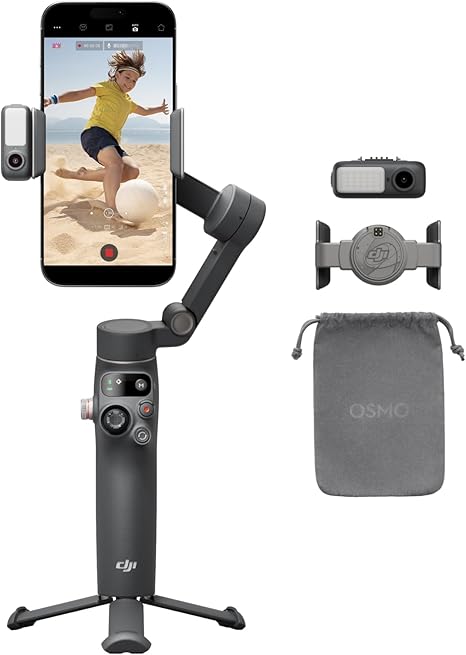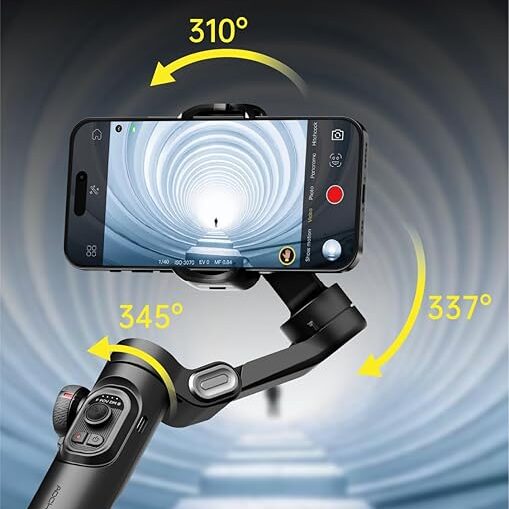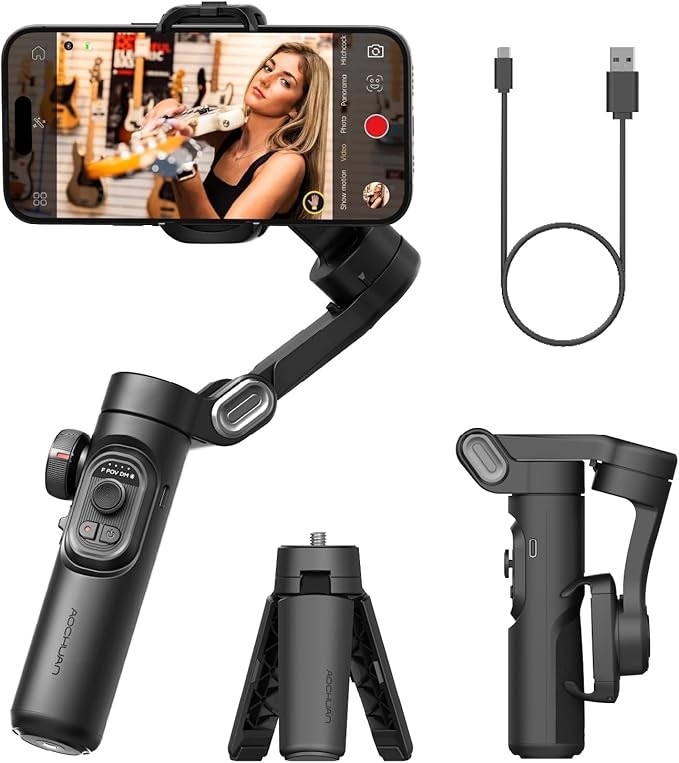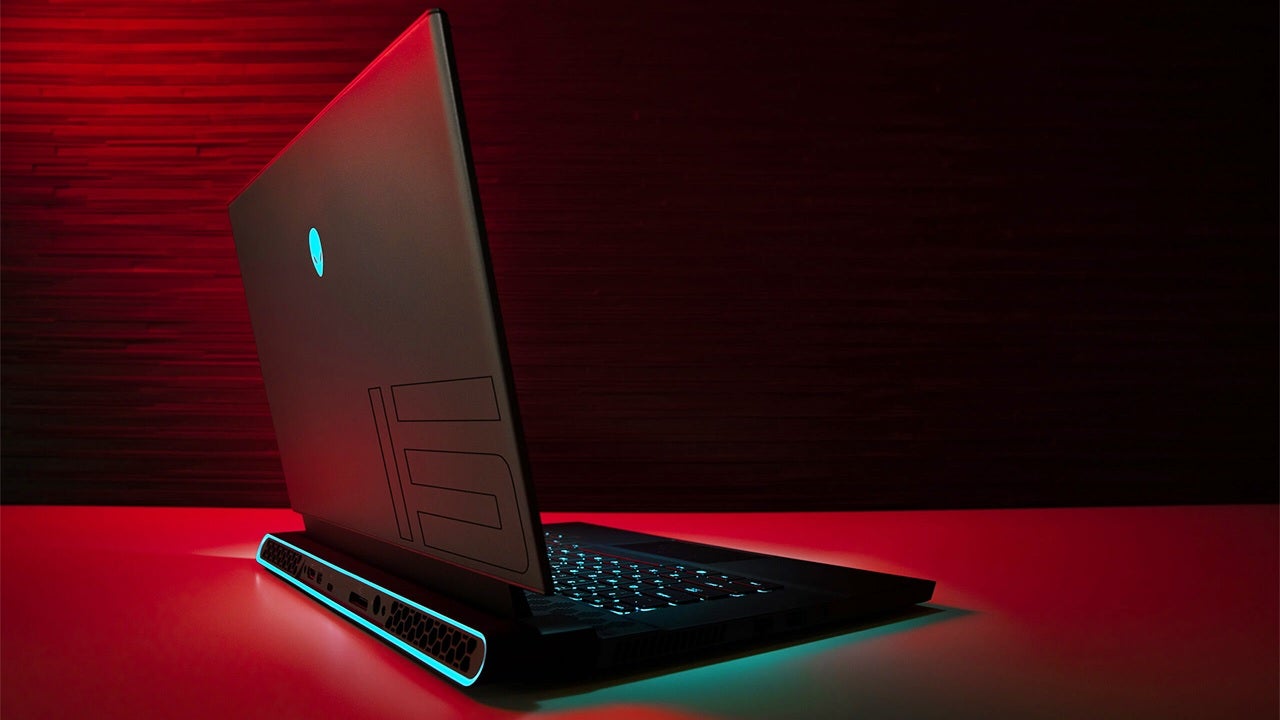How to Choose the Best Smartphone Gimbal
June 20, 2025 | by michaelthandiwe40@gmail.com

How to Choose the Best Smartphone Gimbal: A Complete Guide for Smoother Mobile Content

Smartphone cameras have come a long way, but even the best camera can’t eliminate shaky footage—especially during movement. That’s where a smartphone gimbal steps in. Whether you’re a vlogger, content creator, or just want cinematic-quality home videos, knowing how to choose the best smartphone gimbal ensures you get smooth, professional-looking results. This guide breaks down the essential features, compatibility factors, and real-world considerations to help you make the right pick.
Table of Contents
- Why Smartphone Gimbals Are Essential
- Understanding How Gimbals Work
- How to Choose the Best Smartphone Gimbal: Key Features to Consider
- Stabilization Technology
- Size and Portability
- Battery Life and Charging Options
- Control Features and Shooting Modes
- App Compatibility and Extras
- Design, Build, and Device Compatibility
- Budget and Brand Considerations
- Conclusion: Master How to Choose the Best Smartphone Gimbal
Why Smartphone Gimbals Are Essential
Gone are the days of jerky footage ruining your best moments. Whether you’re filming action shots, real estate walkthroughs, or TikTok dance routines, a smartphone gimbal keeps your camera level and motion controlled. If you’re serious about mobile content creation—or simply want better vacation videos—it’s time to understand how to choose the best smartphone gimbal to elevate your results.
Understanding How Gimbals Work
Smartphone gimbals use motors and gyroscopic sensors to counteract motion and stabilize your phone. Most quality gimbals offer 3-axis stabilization (pitch, roll, yaw), which keeps your footage smooth while walking, tilting, or rotating. They also often come with companion apps that unlock creative tools like time-lapses, face tracking, and object follow.
How to Choose the Best Smartphone Gimbal: Key Features to Consider
When asking how to choose the best smartphone gimbal, keep these essential features in mind:
Stabilization Technology
- 3-Axis Stabilization:
This is now the industry standard, offering smoothness even with erratic movement. Avoid 1-axis or 2-axis models unless you’re on a tight budget. - Active Tracking & AI Features:
Some models intelligently track faces or subjects, ideal for solo creators or fast-moving scenes.
Size and Portability

- Foldable Design:
For travel and everyday portability, opt for gimbals that fold into a compact shape and fit in a small bag or even a jacket pocket. - Weight:
Lighter is better—but only if stability isn’t compromised. Consider how long you’ll be holding the gimbal and whether you’ll use it handheld or mounted.
Battery Life and Charging Options
- Runtime:
Look for models offering 8–12 hours of usage on a single charge. - Reverse Charging:
Some gimbals also serve as power banks, letting you charge your phone on the go. - USB-C or Micro-USB:
Opt for USB-C for faster, more universal charging.
Control Features and Shooting Modes
- One-Handed Controls:
Gimbals with intuitive joystick controls and easy-to-reach buttons make real-time framing effortless. - Preset Modes:
Common options include pan follow, lock mode, vortex/inception mode, sports mode, and timelapse settings. - Manual Adjustability:
If you like to tinker with camera angles or roll manually, look for gimbals with adjustable arms or custom tilt ranges.
App Compatibility and Extras
- Smartphone Apps:
Companion apps add features like gesture control, story templates, and AI editing. Check whether the app works with your device and operating system. - Firmware Updates:
Frequent updates keep your gimbal running smoothly and occasionally add new features.
Design, Build, and Device Compatibility

The best smartphone gimbal is not just about stabilization—it’s also about fit and feel.
- Material Quality:
Durable ABS plastic or aluminum builds offer better longevity. - Ergonomics:
A contoured grip reduces fatigue and helps with precision handling. - Payload Support:
Make sure your smartphone’s size and weight fall within the supported range, especially if you use a bulky case or add-on lenses. - Phone Mounting Style:
Check for magnetic mounts, quick release clamps, and adjustable brackets that accommodate a range of phone sizes.
Knowing these build and compatibility essentials is central to understanding how to choose the best smartphone gimbal that fits seamlessly into your setup.
Budget and Brand Considerations
Smartphone gimbals come in a wide price range—from around $60 to over $200.
- Entry-Level ($60–$90):
Great for casual users or vloggers starting out. Brands like Hohem or Zhiyun offer budget-friendly options with respectable features. - Mid-Tier ($100–$150):
Expect better build quality, longer battery life, and more creative control features. Look at options like the DJI Osmo Mobile SE or Zhiyun Smooth 5. - Premium ($150+):
Top-of-the-line materials, smart sensors, and advanced tracking. Ideal for content creators or filmmakers demanding high precision and app integration.
Stick to reputable brands like DJI, Zhiyun, Hohem, or Insta360, which offer solid customer support, well-tested companion apps, and regular firmware upgrades.
Conclusion: Master How to Choose the Best Smartphone Gimbal
Smartphone gimbals are no longer luxury gadgets—they’re essential gear for creators who want pro-level content straight from their pocket. Now that you know how to choose the best smartphone gimbal, you’re equipped to find the perfect match for your device, your workflow, and your creative goals.
Whether it’s for daily vlogs, cinematic shots, or just impressively smooth family videos, the right gimbal can be a game-changer. Prioritize core features like stabilization, ergonomics, battery life, and app support—and always consider how the tool fits into your personal filming style.
Take control of your mobile footage—choose the best smartphone gimbal and shoot like a pro.
RELATED POSTS
View all


